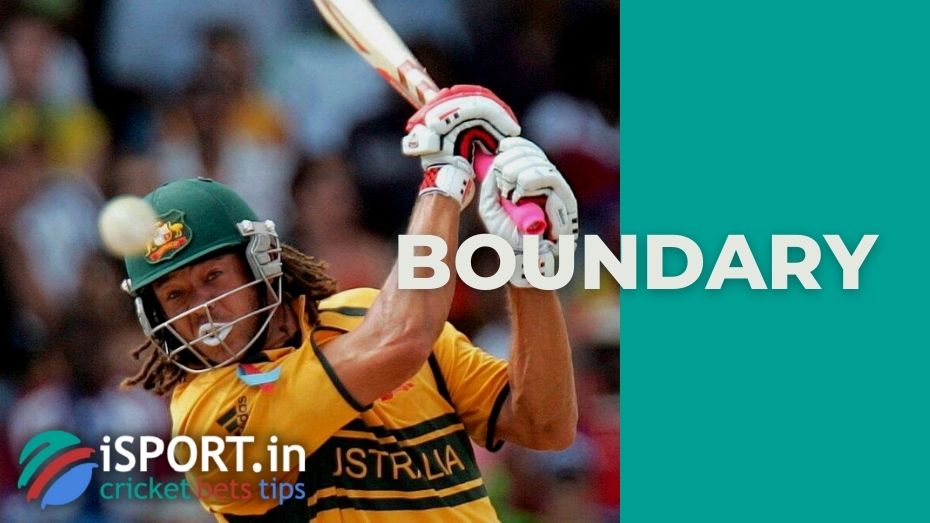Boundary

The word boundary in cricket has two closely related meanings. Imagine this scenario: a bowler delivers the ball, and the batsman attempts to hit it. Both players aim to contribute points to their teams, but sometimes luck isn’t on their side. In such situations, the term “boundary” comes into play.
Boundary in cricket: The First Meaning
In its primary sense, a boundary in cricket refers to the edge of the playing field, often marked by a rope that defines the limits of the playing area. At the center of the field is the pitch, a rectangular strip measuring 22 yards (about 20 meters) in length and 10 feet (about 3 meters) in width. The pitch is made of natural turf with closely mown grass.
To ensure the playing surface meets the required standards, event organizers hire specialists to prepare it before a match. During the game, umpires monitor the condition of the pitch. If they determine that it is unfit for play, the match may be suspended. In rare cases, if the host team is found responsible for improper pitch preparation, they may face a technical defeat. However, in most instances, officials opt to switch to an alternative pitch.
Boundary in cricket: The Second Meaning
In another context, a boundary refers to a scoring event. When a batsman strikes the ball and it reaches or crosses the field’s boundary, runs are awarded. If the ball touches the ground before crossing the boundary in cricket, the batting team earns four runs. If the ball clears the boundary without bouncing, the player secures six runs.
